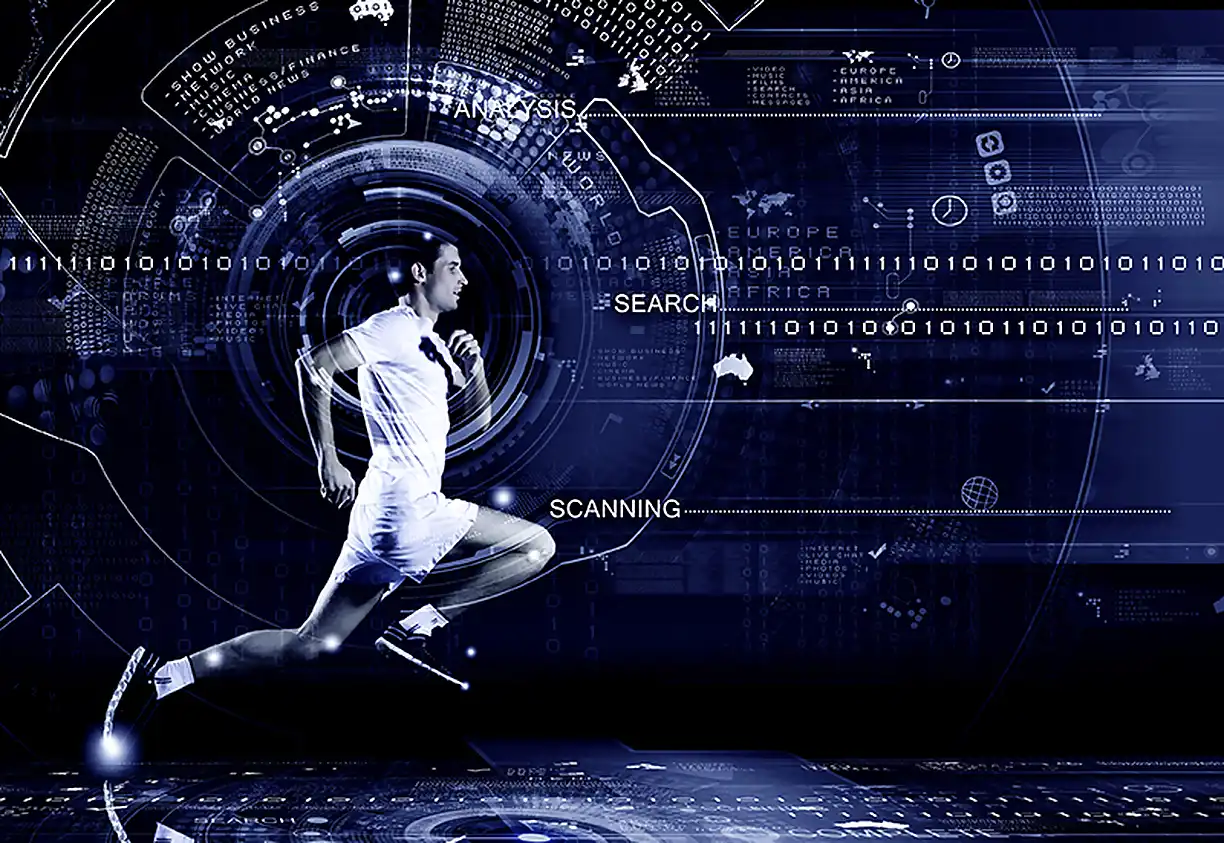The Dawn of UV Disinfection
Ultraviolet disinfection has been gaining traction as a potent tool to fight against harmful pathogens. Germicidal properties of the UV rays, especially Far-UVC, have been promising in the battle against invisible foes that pose significant threats to public health. This sheds light on a futuristic approach to combating microbes and viruses, from combatting contagious diseases to reducing the risk of common infections.
Historically, UV has always played a crucial role in disinfection. However, recently the efficiency of 'Far-UVC' light, a certain section of the spectrum, has captured the attention of researchers. It has shown a potential solution to the ever puzzling issue of maintaining a sterile and safe environment, all-day-long.

The technology surrounding UV disinfection is not entirely novel. Sunlight was used as a disinfectant long before UV was recognized as its own spectrum of light. From the time humans understood the concept and benefits of cleanliness, sunlight was used to ward off ill-effects of disease-causing agents.
After the discovery of UV radiation, scientists revealed how UV light was responsible for the antimicrobial effects of sunlight. This understanding led to the establishment of UV as a germicide, leading to the development of various UV-based disinfection systems.
UV Germicide and Potential Applications
Through the years, technological advancements have amplified the use and effectiveness of UV as a germicide. UV rays' ability to destroy the DNA or RNA of a microorganism, effectively neutralizing it, has opened pathways to manifold applications. Be it hospitals, healthcare facilities, water purification systems, or air sterilizers – UV disinfection systems are omnipresent.
Despite being an efficient germicide, conventional UV light are not safe for humans, causing harm to eyes and skin. This is where Far-UVC light (207-222nm) has emerged as a potential alternative. Far-UVC light can effectively inactivate pathogens without causing damage to human tissues or eyes.
Research on Far-UVC light has gained momentum amid global efforts to control the COVID-19 pandemic. In laboratory settings, Far-UVC light has shown promising results in reducing the aerial spread of pathogens, including the coronavirus. It can be integrated into the existing infrastructure to provide continuous disinfection.
A potential application of Far-UVC technology could be public spaces such as schools, airports, and public transport systems. It could provide an additional line of defense against contagious diseases alongside conventional methods like social distancing, masking, and vaccinations.
The Ultraviolet Future
The advent of Far-UVC technology heralds a new era in the fight against pathogens. It represents a paradigm shift in our approach to disinfection, fusing science, technology, and healthcare in an innovative way. Still, it's a budding technology with endless possibilities and we are barely scratching the surface of its full potential.
Despite its promising potential, the widespread adoption of Far-UVC technology will not happen overnight. The cost of Far-UVC fixtures currently exceeds that of conventional fixtures and will take time to become affordable. Until it does, the technology is likely to be primarily used in high-risk settings.
In addition, any new technology presents its own set of challenges and Far-UVC is no exception. Despite being deemed safe in initial studies, Far-UVC radiation overall safety for long-term human exposure is not yet fully understood. Scientist must conduct additional research to completely eliminate the concerns regarding its prolonged exposure.
So, even though Far-UVC light strikes a chord with its potential to significantly reduce the spread of airborne diseases, there is a need to cross many benchmarks before it becomes a part of our everyday life.
Embracing the Future
The road to widespread adoption of Far-UVC is a long one but by proving its effectiveness and mitigating safety concerns, the technology may eventually become a standard feature in public spaces. Once established, it could revolutionize the concept of disease prevention and control.
Stepping into the future, it's apparent that Far-UVC technology will open up new avenues in the realm of disinfection. Not only could it be an answer to the pressing need for wide-scale, continuous disinfection, but it could also effectively deal with future outbreaks.
Hence, the new dawn of UV disinfection is not simply a scientific or technological revolution, but a harbinger of a safer and healthier future. It wields the power to change the way we look at disinfection and disease prevention.
From centuries-old appreciation of sunlight's cleansing properties to the futuristic technology of UV-C disinfection, we have come a long way. Yet the journey is not over and much more awaits to be discovered and understood. The key to unlocking the full potential of Far-UVC technology lies in our hands, and hinges on further research, adoption, and application.